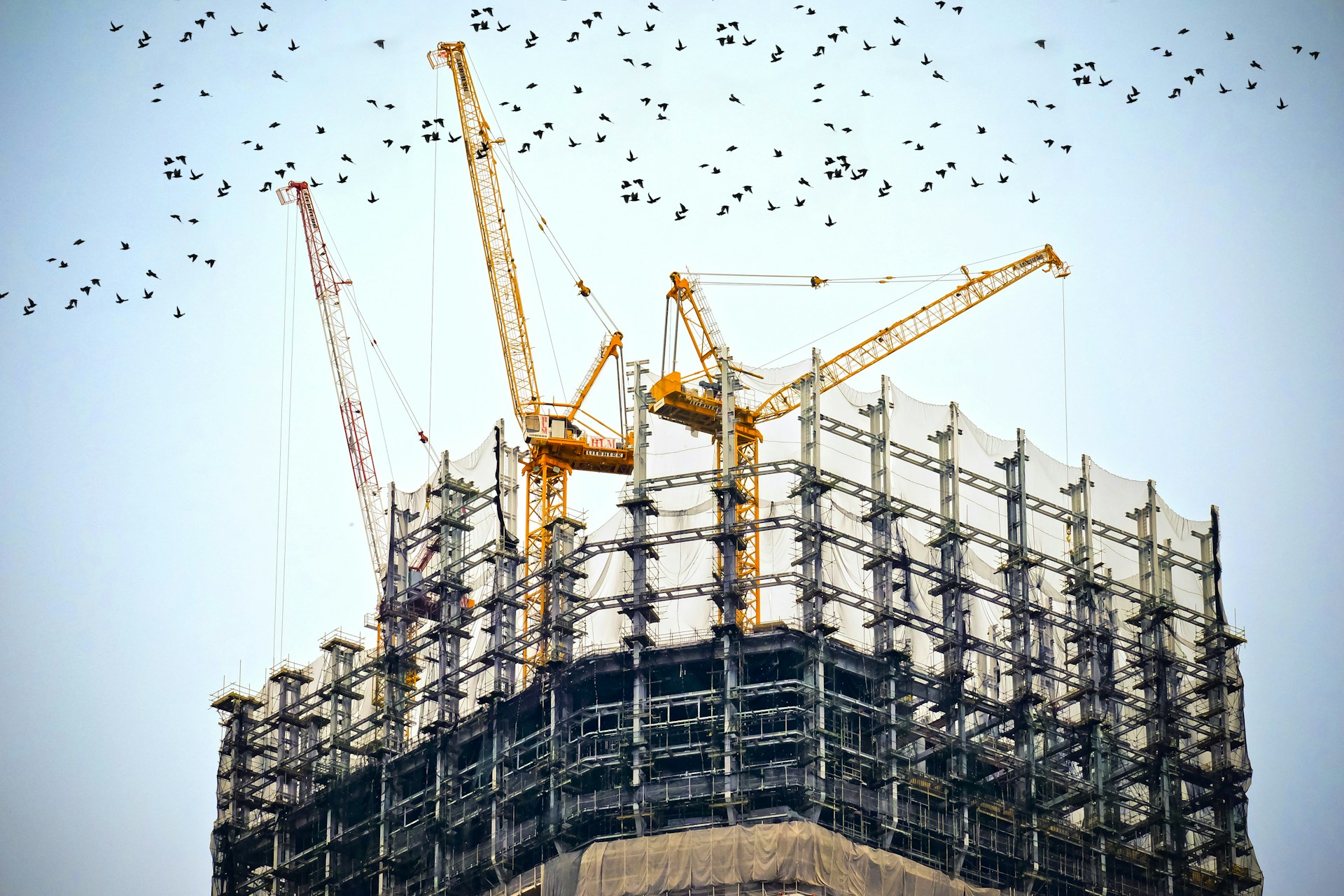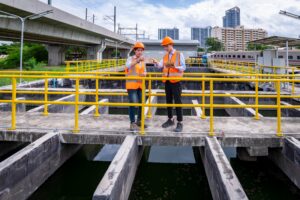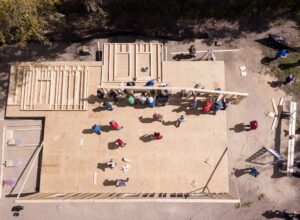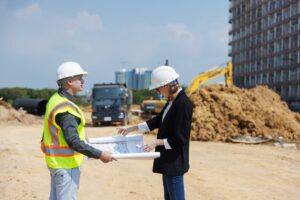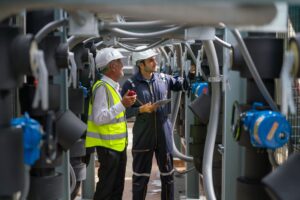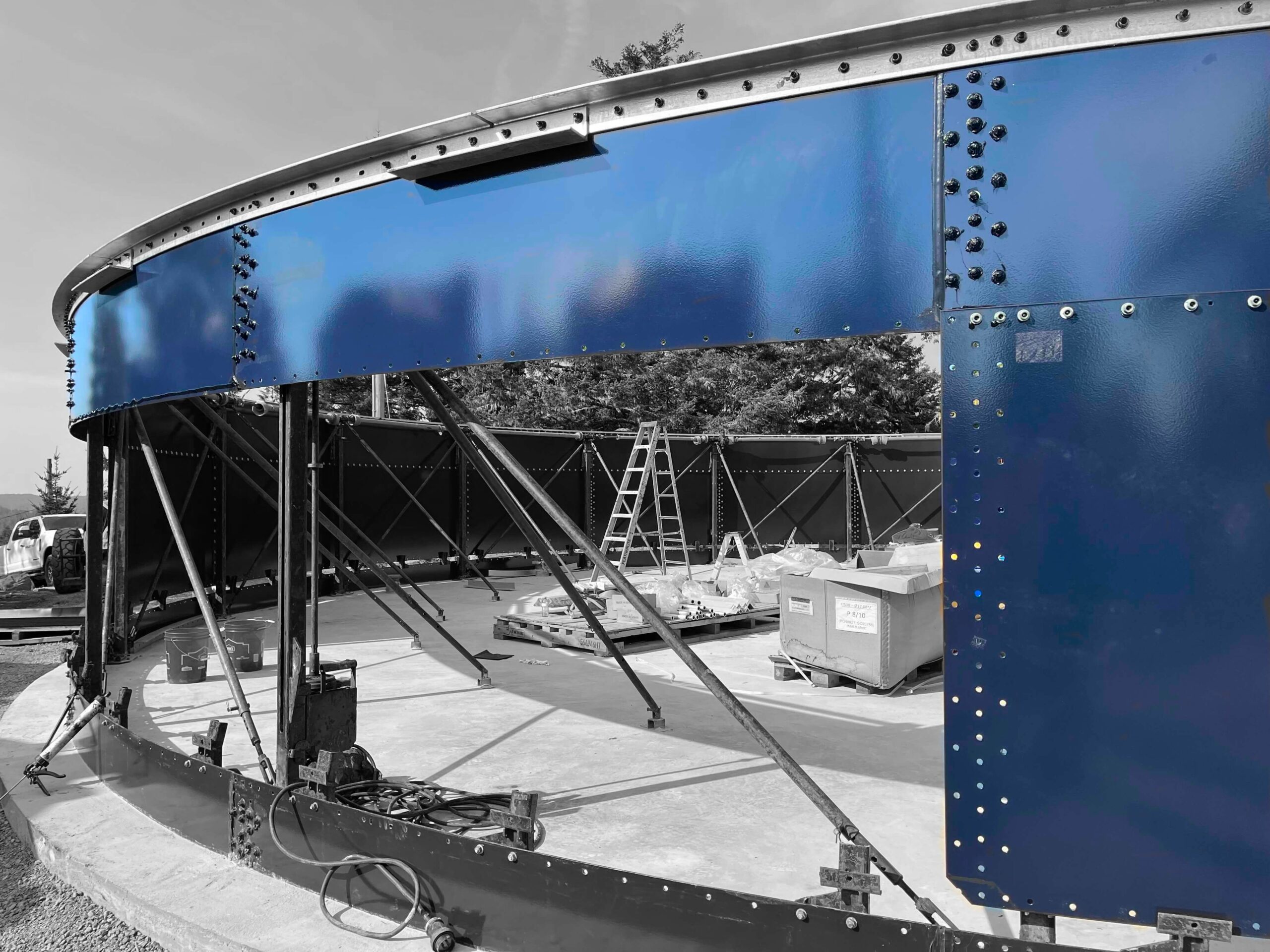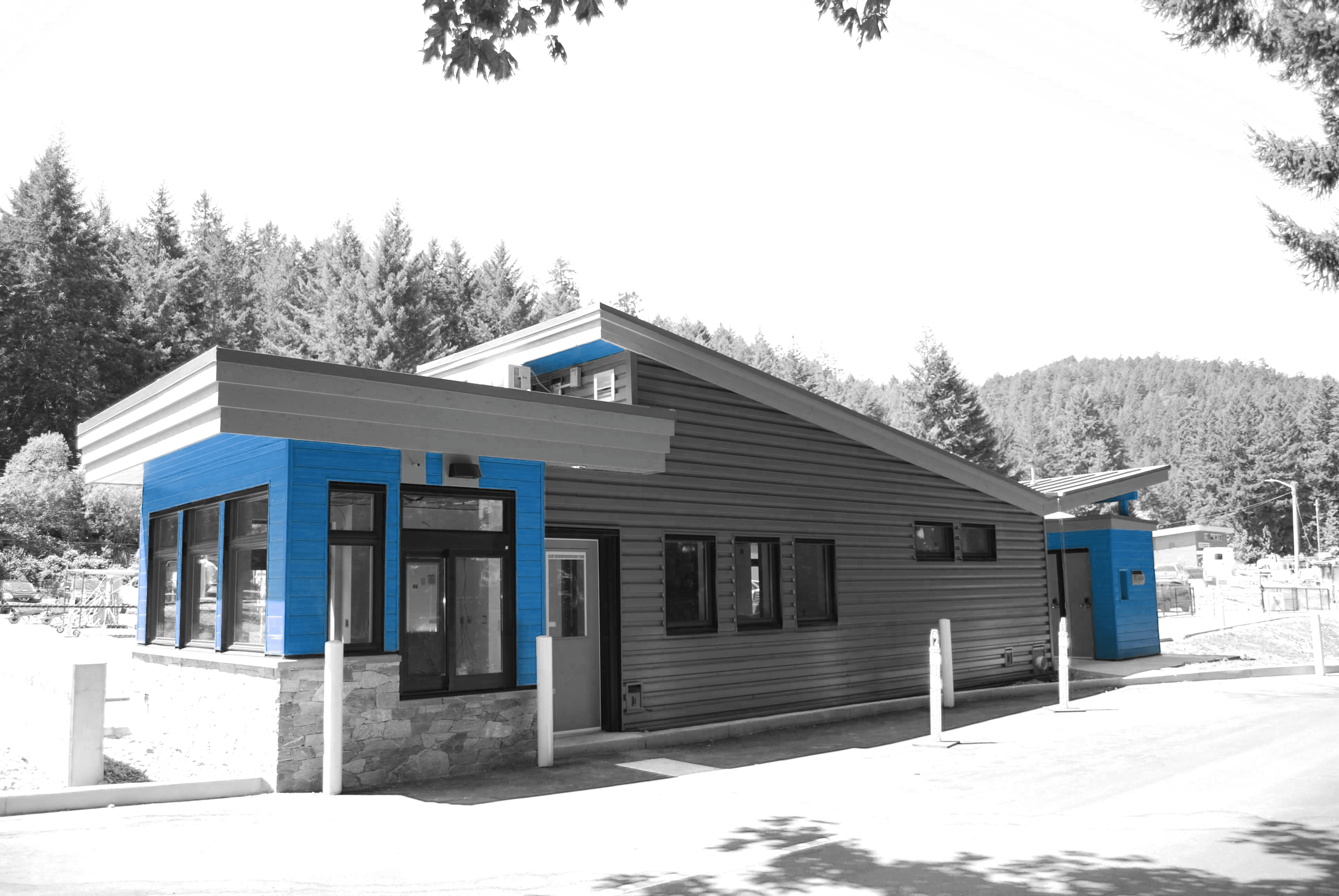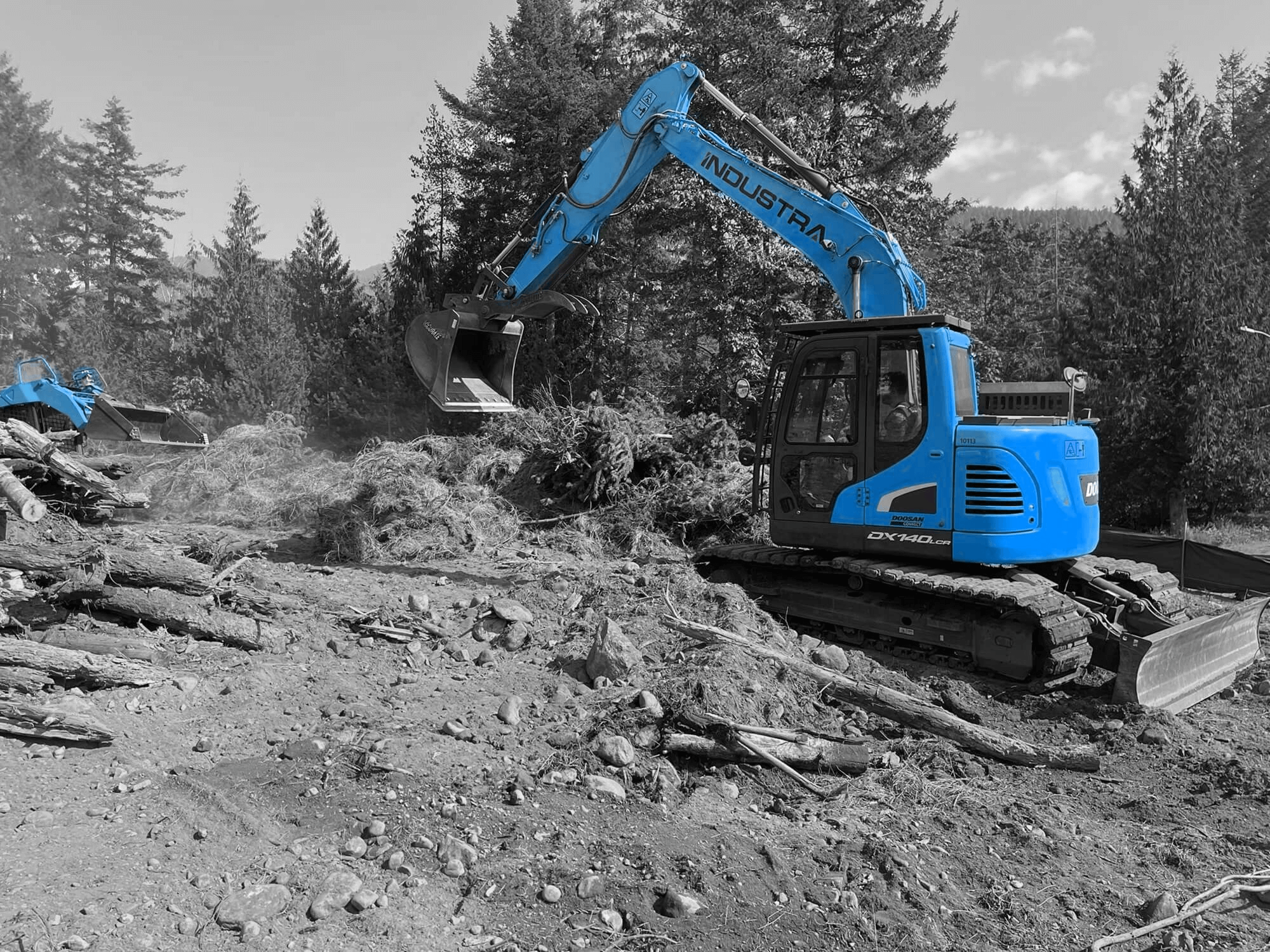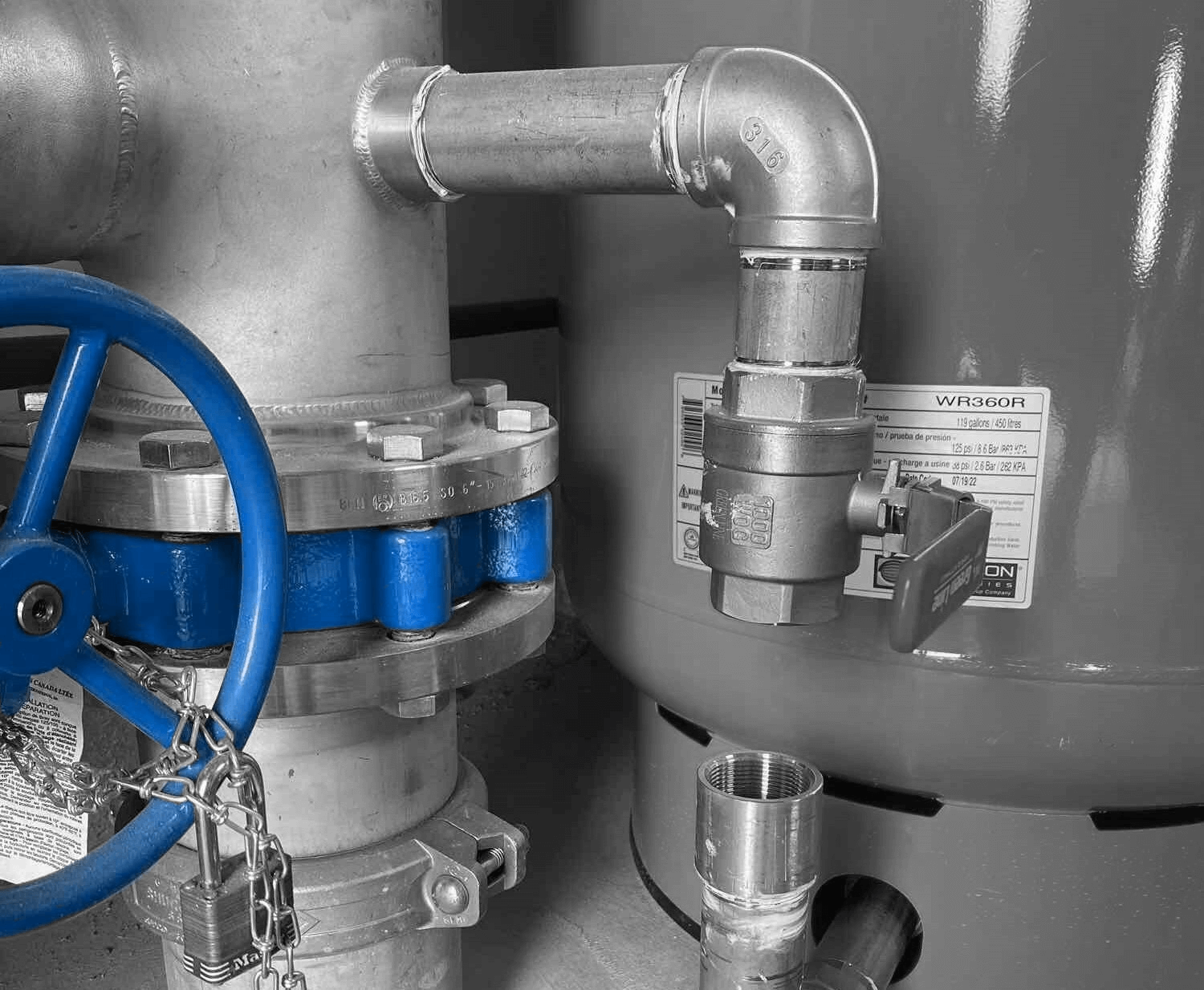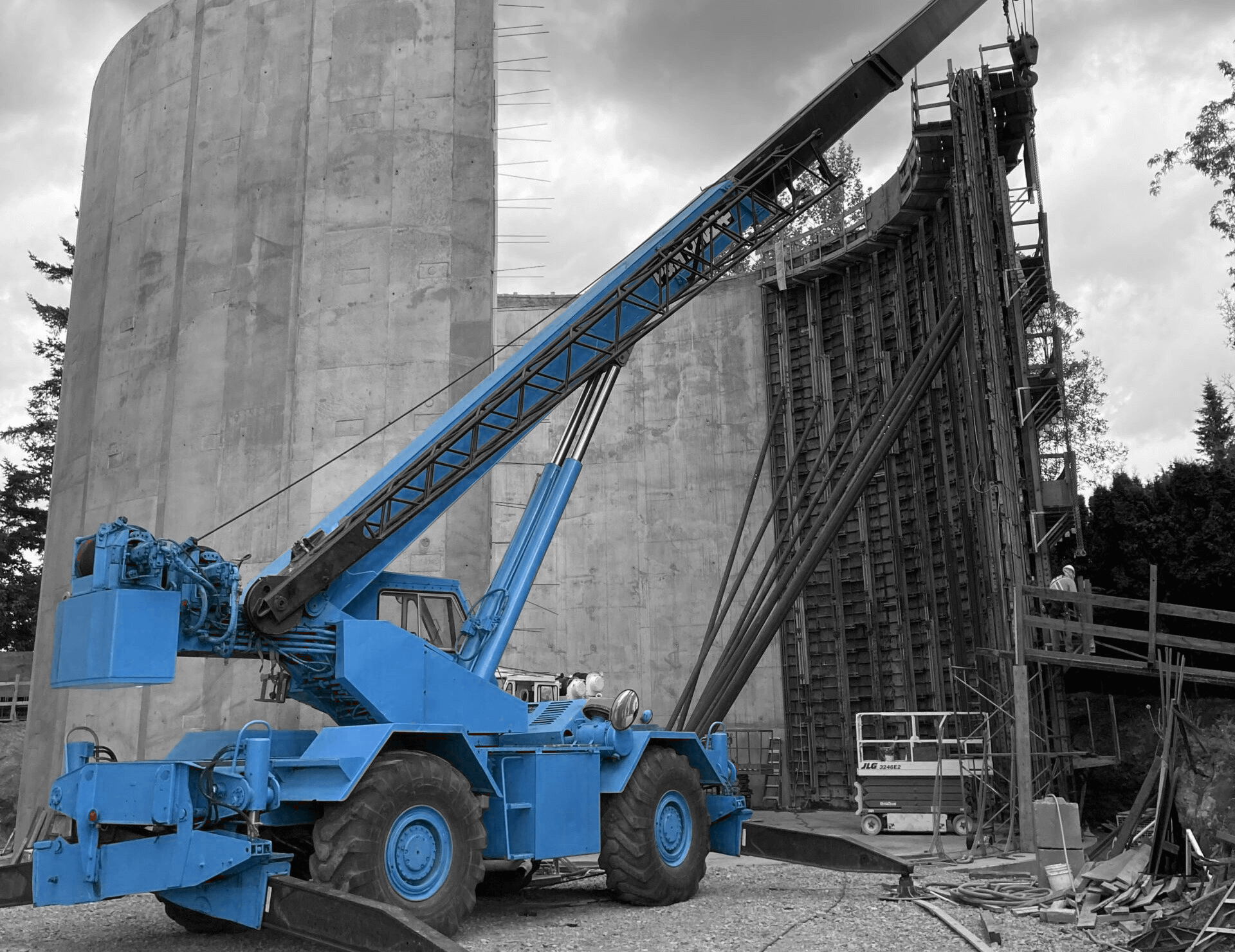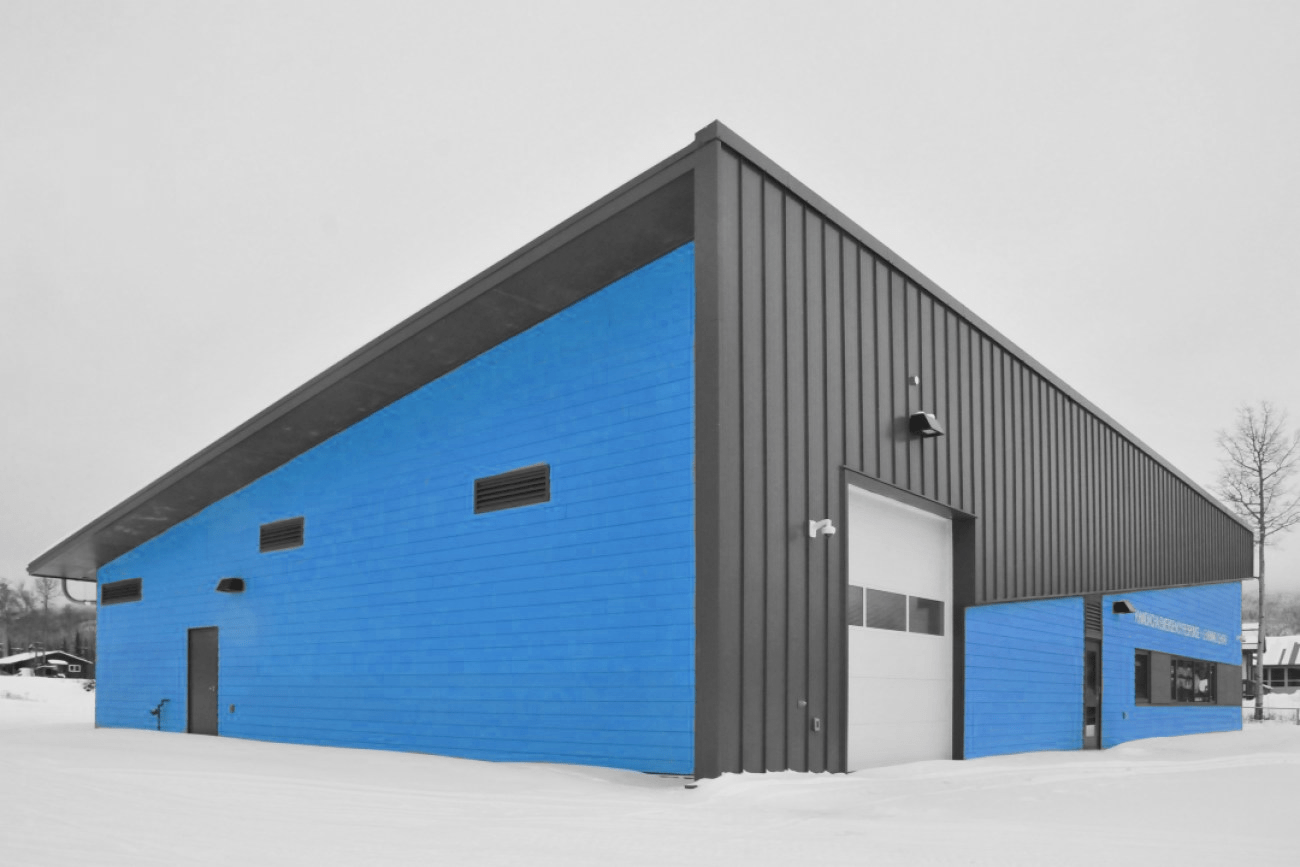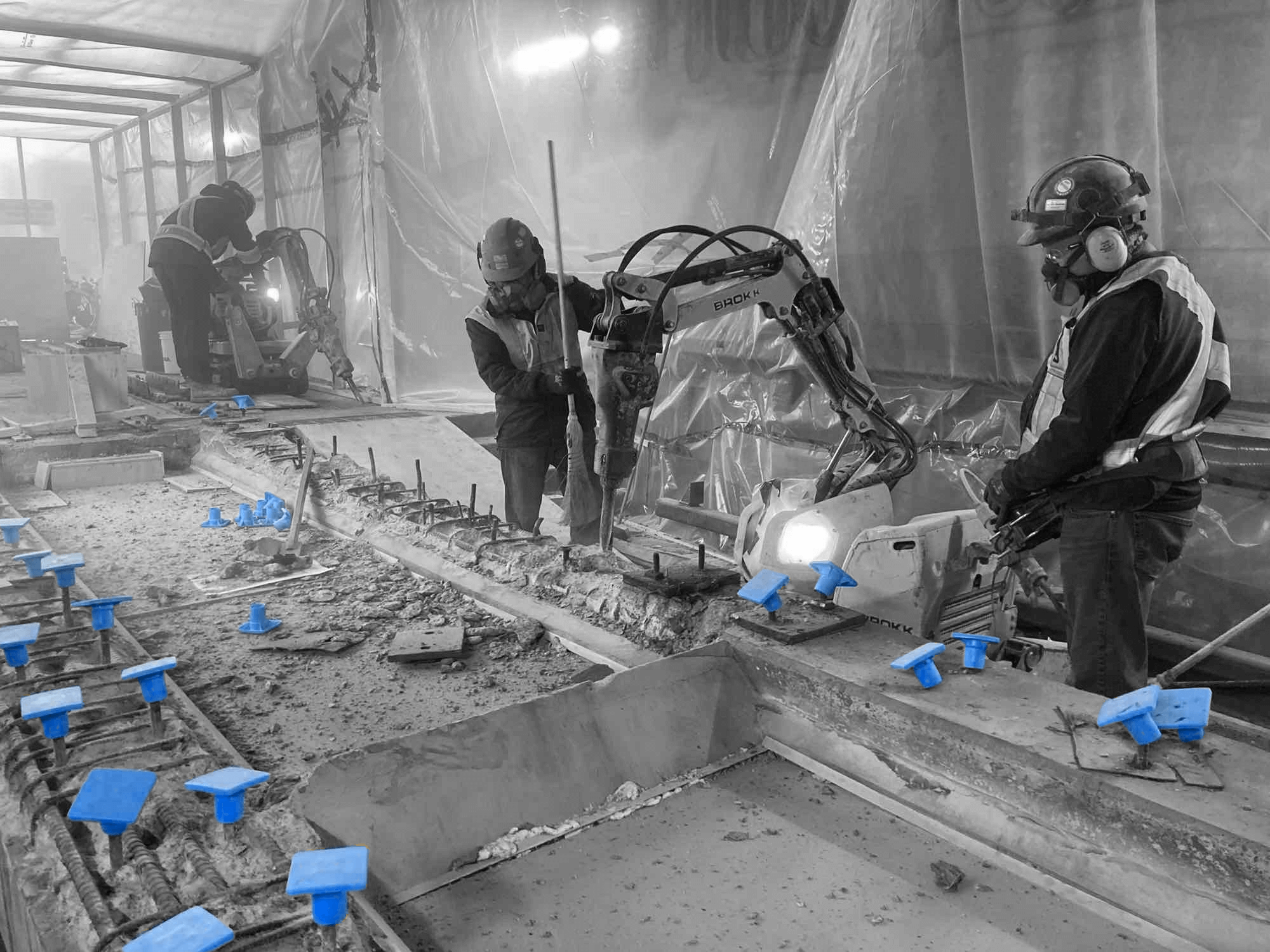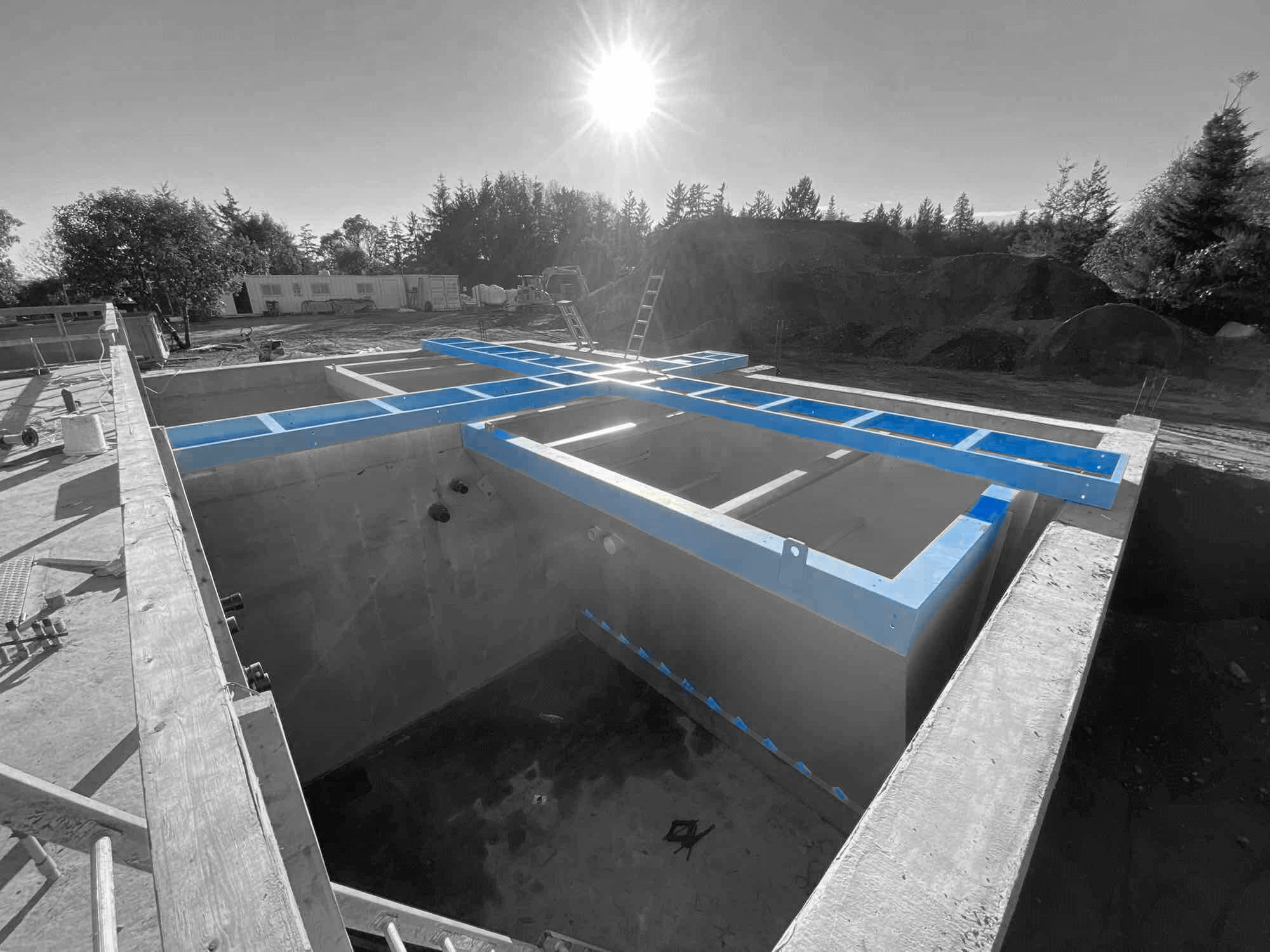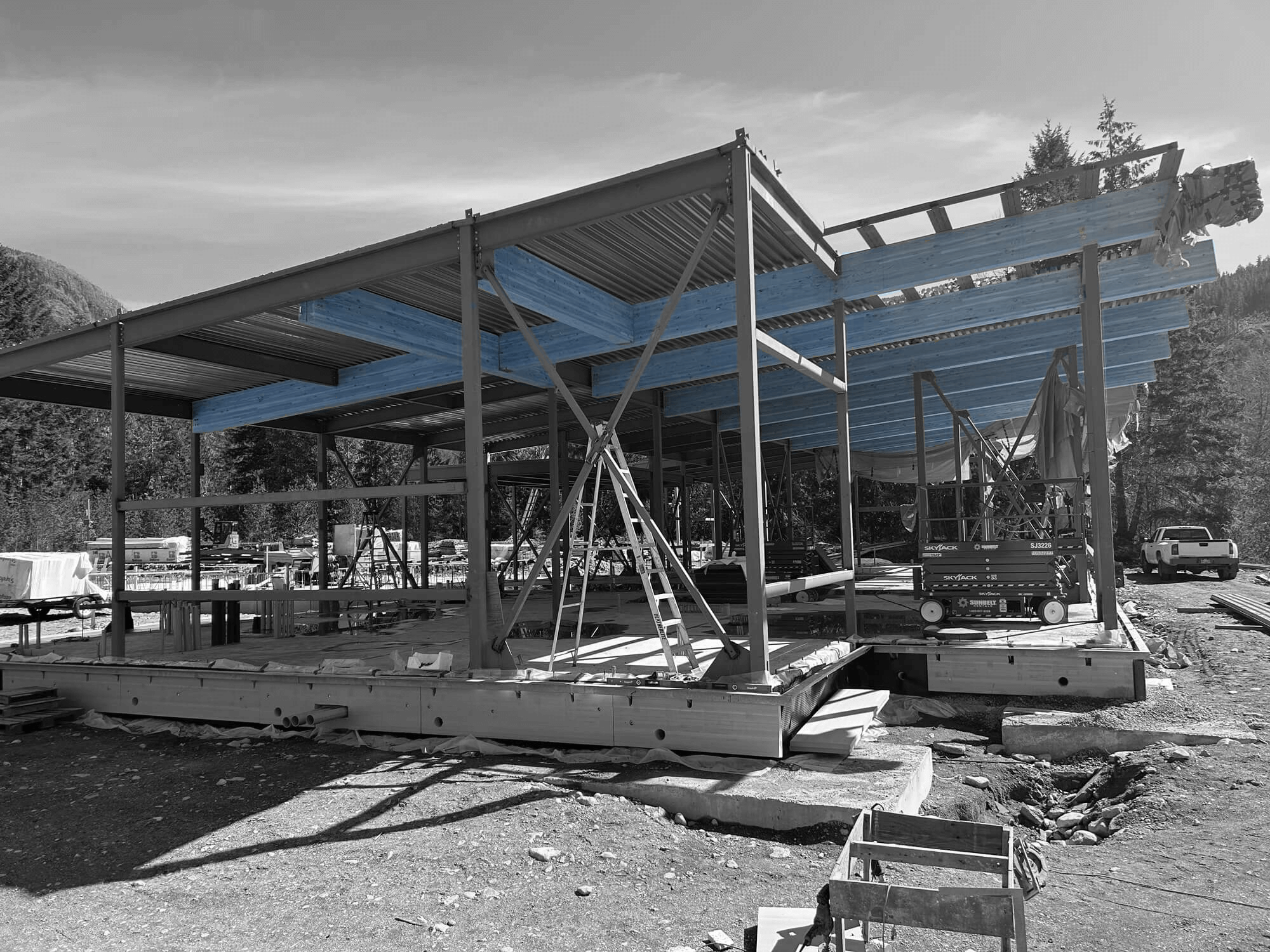Sustainability has become a crucial consideration in the construction of institutional buildings. These structures, which include schools, hospitals, and government facilities, often serve large populations and have significant environmental footprints. By incorporating sustainable design-build strategies, we can drastically reduce energy consumption, minimize waste, and create healthier environments for occupants.
Design-build is an ideal approach for achieving sustainability in institutional buildings. This method integrates design and construction under a single contract, ensuring that all stakeholders collaborate from the outset. This collaboration fosters innovative solutions, streamlined processes, and consistent adherence to sustainability goals. Through careful planning and execution, we can create buildings that are not only environmentally responsible but also cost-effective and functional.
Incorporating renewable energy solutions is another key aspect of sustainable institutional buildings. Solar panels, wind turbines, and geothermal systems are just a few examples of technologies that can be integrated into the design. These renewable energy sources help to reduce reliance on fossil fuels, cut down on greenhouse gas emissions, and lower operating costs. As we explore these strategies, it’s important to consider the long-term benefits, such as reduced energy bills and improved building performance, which contribute to a sustainable future for institutional facilities.
Understanding the Importance of Sustainable Institutional Buildings
Sustainable institutional buildings are vital for several reasons. First and foremost, they contribute significantly to environmental conservation. Traditional buildings often consume large amounts of energy and resources, leading to high carbon emissions and ecological impact. By incorporating sustainable practices, we can reduce this environmental footprint. Sustainable buildings are designed to use less energy, water, and materials, which helps in conserving natural resources and lowering pollution levels.
Moreover, sustainable institutional buildings promote healthier indoor environments. Many conventional building materials and systems can release harmful pollutants, affecting indoor air quality and occupant health. Sustainable buildings prioritize non-toxic materials, better ventilation, and abundant natural light, creating spaces that are conducive to well-being and productivity. For institutions like schools and hospitals, these factors are particularly important as they directly influence the health and performance of students and healthcare professionals.
Economic benefits further underline the importance of sustainable buildings. While the initial costs can be higher, sustainable buildings often lead to long-term savings. Energy-efficient systems reduce utility bills, while durable materials and construction techniques decrease maintenance and repair costs. Additionally, sustainable buildings can attract funding and grants aimed at promoting green projects, providing financial incentives for institutions to adopt these practices.
Key Design-Build Strategies for Sustainability
Utilizing effective design-build strategies is essential for creating sustainable institutional buildings. One crucial approach is integrating energy-efficient systems right from the planning stage. This includes using high-performance insulation, energy-efficient windows, and HVAC systems designed to reduce energy consumption. By incorporating these elements early on, we can ensure that the building operates optimally, conserving energy and reducing operational costs.
Another key strategy involves adopting advanced building technologies. Tools like Building Information Modelling (BIM) allow us to create detailed, 3D digital models of the building. These models enable better coordination among all parties involved and allow us to identify and address potential issues before construction begins. This proactive approach minimizes wasted resources and reduces overall project costs, contributing to more sustainable outcomes.
Using sustainable building materials is also a critical component of our design-build strategy. We prioritize materials that are recycled, locally sourced, or have low environmental impact. For instance, using reclaimed wood, recycled steel, or low-VOC (volatile organic compound) paints helps in reducing the building’s carbon footprint. Additionally, selecting materials that have longer lifespans and require less maintenance ensures that our buildings remain sustainable over their entire life cycles.
Lastly, effective waste management practices are integral to the design-build process. Implementing recycling programs during construction and properly managing construction debris can significantly reduce the amount of waste sent to landfills. By strategically planning and organizing our construction processes, we can maximize resource efficiency and support broader sustainability goals.
Incorporating Renewable Energy Solutions
Incorporating renewable energy solutions is a vital aspect of achieving sustainability in institutional buildings. One effective approach is the integration of solar energy systems. Solar panels can be installed on rooftops or integrated into building facades, capturing sunlight to generate electricity. This renewable energy source helps reduce dependence on fossil fuels, lowers greenhouse gas emissions, and decreases energy costs over the building’s lifespan.
Wind energy is another valuable renewable resource. For institutions located in areas with sufficient wind flow, installing wind turbines can provide a significant portion of the building’s energy needs. While not as universally applicable as solar energy, wind turbines can be an efficient solution for partial or supplementary energy requirements. Combining both solar and wind energy systems can create a more robust and resilient renewable energy framework for institutional buildings.
Geothermal energy solutions also play a crucial role in sustainability. By using the earth’s stable underground temperatures, geothermal systems can efficiently heat and cool buildings. These systems drastically reduce the energy needed for temperature regulation, offering long-term cost savings and contributing to a building’s overall environmental credentials. Incorporating these renewable energy solutions requires careful planning and consideration of the building’s location, design, and operational needs.
Evaluating the Long-Term Benefits of Sustainable Design-Build
Evaluating the long-term benefits of sustainable design-build approaches reveals numerous advantages. First and foremost, these strategies result in significant cost savings over time. Energy-efficient systems, renewable energy solutions, and sustainable materials reduce operational costs, leading to lower energy bills, maintenance expenses, and overall building lifecycle costs. This financial advantage makes sustainable buildings not only environmentally responsible but also economically viable.
Sustainable institutional buildings positively impact occupant health and well-being. Improved indoor air quality, natural lighting, and non-toxic materials create healthier environments. Studies have shown that these improvements can enhance productivity, reduce absenteeism, and boost overall morale among occupants. For institutions like schools and hospitals, these benefits are particularly important, as they directly influence the effectiveness of educational and healthcare services.
Moreover, sustainable buildings contribute to a positive public image. Institutions that invest in green building practices demonstrate a commitment to environmental stewardship and social responsibility. This can attract students, staff, and visitors who prioritize sustainability. Additionally, it can lead to awards, certifications, and recognition from various environmental organizations, further enhancing the institution’s reputation.
Conclusion
Sustainable institutional buildings offer a myriad of benefits, from environmental conservation and economic savings to improved occupant health and public image. By employing effective design-build strategies and incorporating renewable energy solutions, we can create buildings that meet current needs while safeguarding resources for the future. These practices not only make sound economic sense but also align with broader goals of sustainability and social responsibility.
As we move forward with construction projects, it’s crucial to prioritize sustainability at every stage. At Industra Construction, we are committed to delivering innovative and sustainable design-build solutions tailored to the needs of institutional clients. Our expertise in EPC, civil construction, process mechanical, and other essential services positions us as a leader in creating sustainable infrastructure. To learn more about how we can help you achieve your sustainability goals, contact us today for a consultation!


